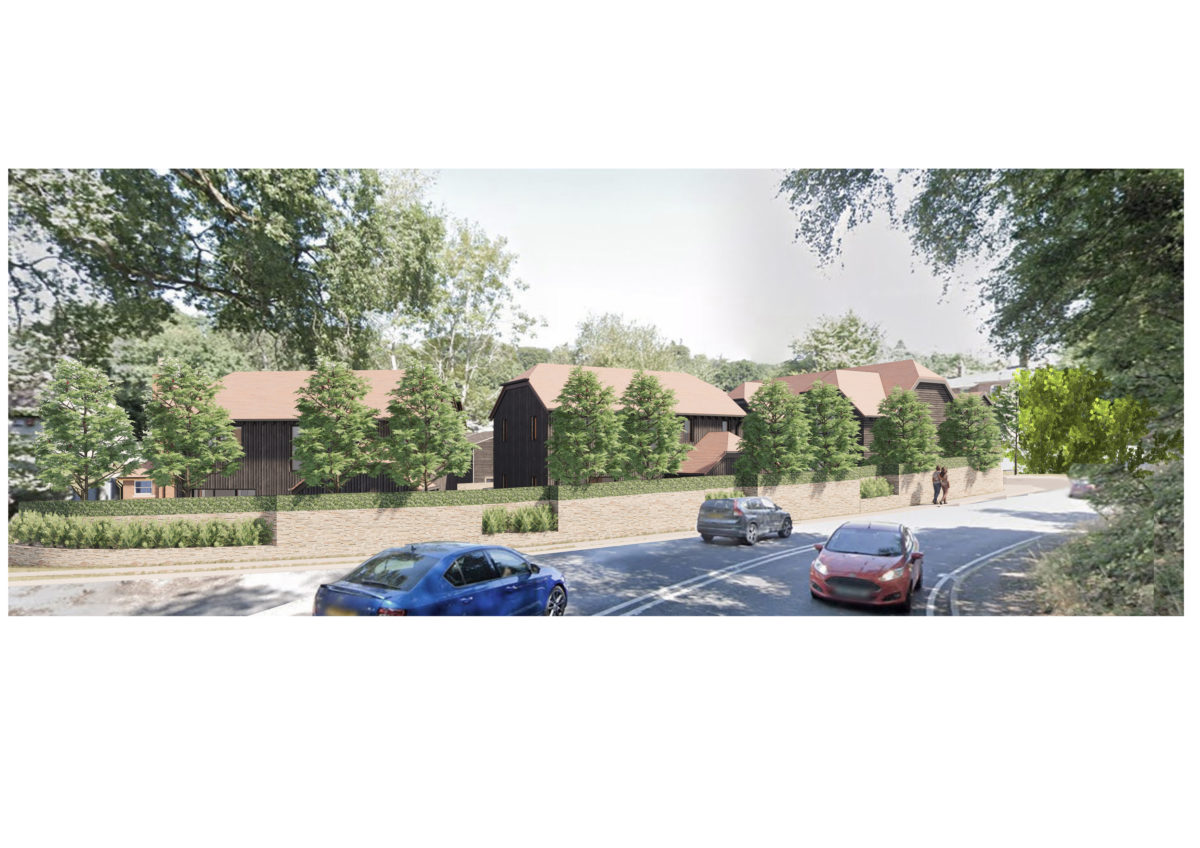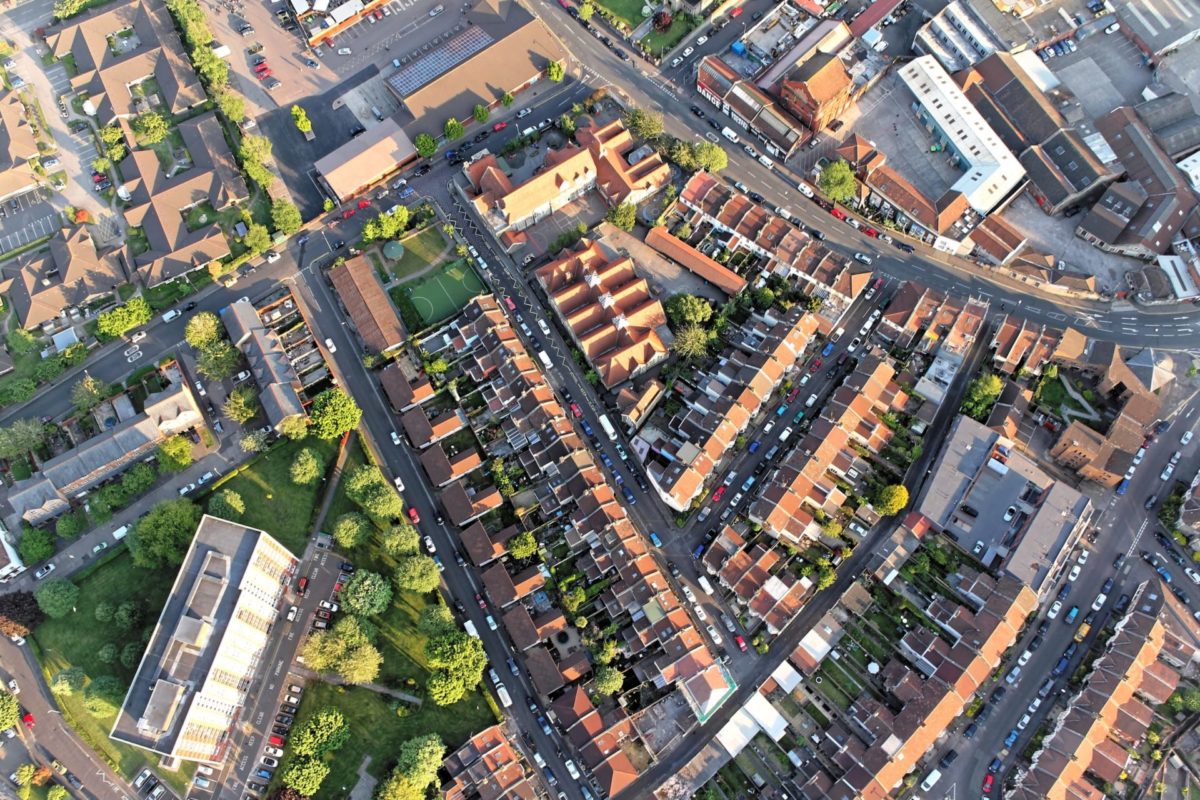

Class A allows the construction of two additional storeys within certain heights and for residential use
On 1 August 2020 new permitted development (PD) rights came into force allowing for two-storey upwards extensions to blocks of flats. The new statutory instrument adds Class A to the General Permitted Development Order to include this new PD.
Class A of the PDR provides for the construction of up to two additional storeys within certain heights and for residential use. This work can only take place on top of existing, purpose-built, detached blocks of flats. It must also be to provide additional flats, not extensions to existing top floor flats.
The regulations include new definitions of what is a block of flats, and what constitutes it being detached or purpose built.
In addition to the basic criteria and in order for development to bepermitted by Class A, there are a series of conditions the building must meet, including, but not exclusively:
- The building must be at least 3 storeys in height above ground level;
- You can extend a maximum of 7m above the original roof.
- The whole (and newly extended) building cannot be greater than 30 metres in height (not including plant).
Comparable to the PDR for changes of use, for say office to residential uses, the developer must apply to the local planning authority (LPA) for prior approval. However, the list of requirements to gain approval has been significantly extended to cover other issues for Class A, including the following:
- Existing requirements:
- Transport;
- Contamination risks;
- Flooding risks;
- New requirements:
- Air traffic and defence;
- The external appearance of the building;
- The provision of adequate natural light;
- Impact on the amenity of the existing building and neighbouring premises; and
- Impact on protected view.
Particularly notable additions are the assessment of the external appearance as well as the impact of the development on residential amenity for existing residents and future residents. Especially relevant in places such as London, is the impact on upward extensions on protected views. It is questionable how effective the new PDR has been as many of the considerations are subject to the same scrutiny as you would expect for a full planning application. However, the direction of travel and in principle support for upward extensions is certainly welcomed.
Exercising PDR does of course reduce the application fee payable to the LPA, reduce the potential for political intervention in the determination of the application and avoid contributions to affordable housing. However, developments permitted will still be liable for CIL payments.
The Minster for Housing, Communities and Local Government (MHCLG) has now extended this PDR to other buildings to allow for a ‘gentle densification of our towns’. Also recently introduced are further new PDR for the demolition of vacant commercial or residential, free-standing buildings, and their rebuilding for residential use, provided that they are not in a conservation area, national park or are a listed building.









